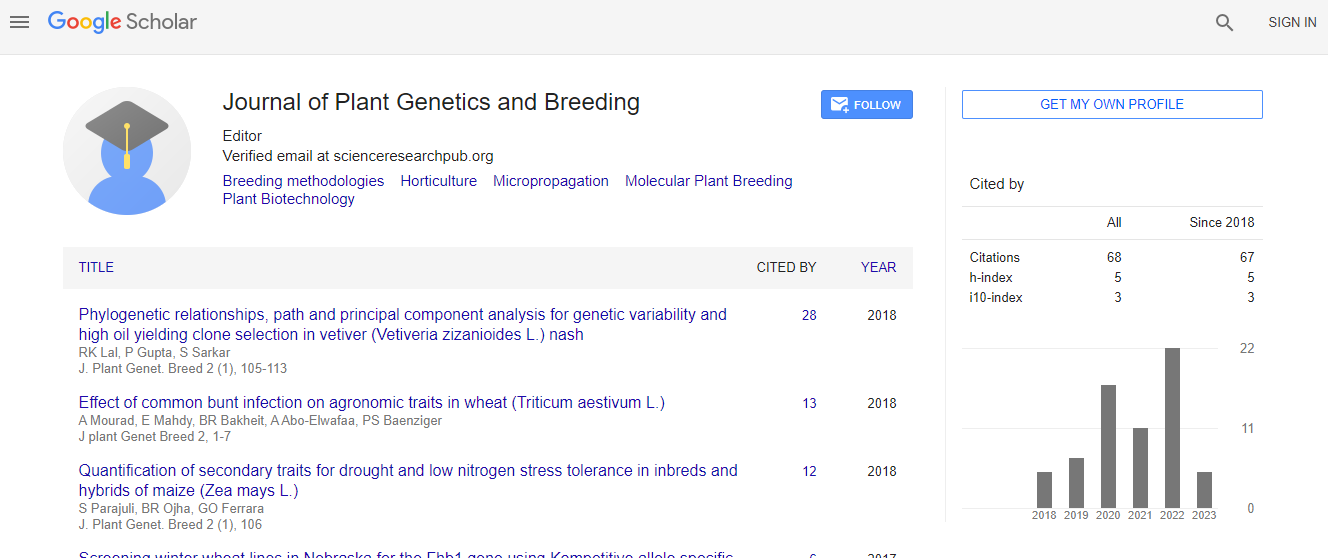Nitrogen Contents in Soil, Grains, and Straw of Hybrid Rice Differ When Applied with Different Organic Nitrogen Sources
*Corresponding Author:
Copyright: © 2020 . This is an open-access article distributed under the terms of the Creative Commons Attribution License, which permits unrestricted use, distribution, and reproduction in any medium, provided the original author and source are credited.
Abstract
In the rice-wheat (R–W) system, inorganic nitrogen (N) fertilizer (urea, etc.) is the largest component of the N cycle, because the supply of N from organic fertilizers is insufficient. But the 4% Initiative aims to improve organic matter and stimulate carbon sequestration in soils using best agronomic practices (sustainable management practices) which are economically, environmentally, and socially friendly. This research project was, therefore, designed to assess the impact of various organic sources (OS, animal manure versus plant residues), inorganic N (urea), and their different combinations on the N concentrations in soils and plants (i.e., grains and straw) of hybrid rice plants. The experiments were conducted on farmers’ fields in Batkhela (Malakand), northwestern Pakistan, over 2 years (2011–2012 (Y1) and 2012–2013 (Y2)). The results revealed that N concentrations in soil as well as in rice plants ranked first when applied with urea-N, followed by the application of N in mixture (urea + OS), while the control plots (no N applied) ranked at the bottom. Among the six OS (three animal manures: poultry, sheep, and cattle; and three crop residues: onion, berseem, and wheat), application of
N in the form of poultry manure was superior in terms of higher N concentrations in both soil and plants. Applying the required total N (120 kg N ha−1) in the form of 75% N from urea +25% N from OS resulted in higher N concentrations in soil and plants in Y1. The required total N (120 kg N ha−1) application in the form of 50% N from urea +50% N from OS produced higher N concentrations in soil and plants in Y2. It was concluded from the results, that combined application of N sources in the form of urea + OS can produce good performances in terms of higher N concentrations in the soil as well as in rice plants under the R–W system. Integrated use of urea (N-fertilizer) with organic carbon sources (animal manures and crop residue) could sustain a rice-based (exhaustive) cropping system.

 Spanish
Spanish  Chinese
Chinese  Russian
Russian  German
German  French
French  Japanese
Japanese  Portuguese
Portuguese  Hindi
Hindi 